Museums, Art Collection, Science & Technology Museum, History Museum
Visible Storage For Museum Collections
Increase engagement and protect collections with innovative storage.
As museums search for meaningful ways to engage visitors, staff are beginning to employ visible storage solutions to promote better access while also protecting collections. Because exhibition space is limited, many museums keep the majority of their holdings in storage. Visible storage solutions allow visitors, donors, and board members to gain a better understanding of a collection’s breadth and depth.
In order to be successful over the long term, visible storage projects must balance access and openness with the need to maintain optimal preservation environments and provide secure storage for collections. Here’s how we can help museums ensure their collections are designed to be more accessible in the present, and preserved for future generations.
How to Design Visible Storage for Museum Collections
1. Consider the needs of your collection
- Conduct an inventory and make special note of particularly rare or delicate items that require special attention.
- Describe the preservation requirements of various items in your collection.
2. Consider the Physical Space
- How much square footage is available?
- Within that area, what obstructions – like structural columns or ductwork – are present?
- How much vertical space is available?
- How do people work in the space? How would people prefer to work in the space in the future?
3. Consider Visibility
- Refer back to your inventory and identify items that are candidates for visible storage.
- Think about various ways items could be stored while increasing visibility, maintaining an optimal preservation environment, and ensuring security.
- Get design inspiration from other museums’ visible storage projects.
Need help? Connect with the museum collections storage experts at Spacesaver. A free consultation is the best way to start exploring your options.
Here are 5 ways that institutions have incorporated visible storage into their collections areas
University Art Study Center
Despite assembling a diverse art collection since the early 1800s, this university’s artifacts were largely inaccessible to the campus community and the general public. In order to upgrade to modern storage standards and incorporate thousands of objects into teaching and study programs, the university created an art study center featuring visible storage. The architect specified locking museum cabinets with glass doors to protect stored objects while also allowing students and visitors to view collections.
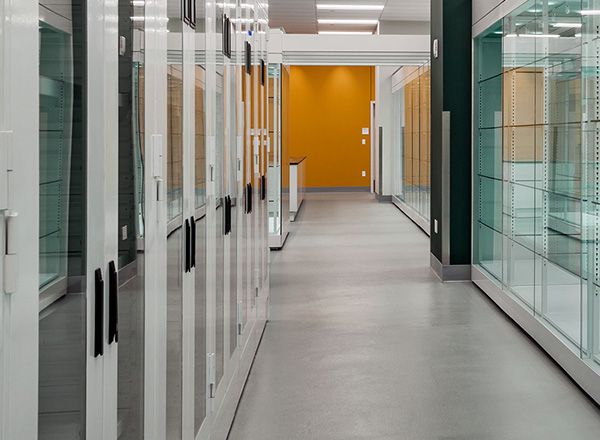
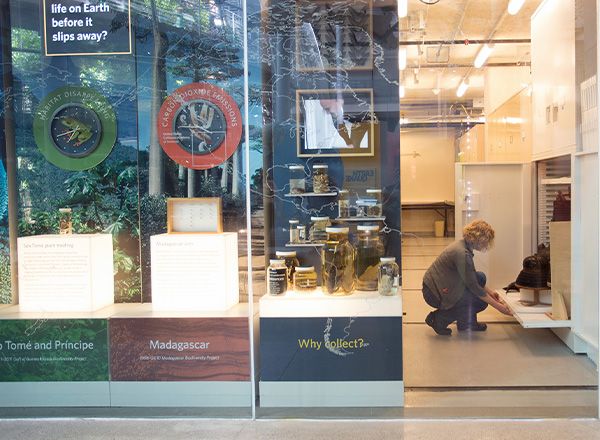
Natural History Museum
The construction of a new museum provided staff at this institution with the opportunity to give visitors a glimpse into the research conducted by scientists and visiting scholars in the collections storage areas. They devised an innovative solution that integrates the collections area with public display space. The area provides researchers with convenient access to a small, climate-controlled portion of the storage area on one side of glass partitions, and the customized Spacesaver carriages provide a platform for an exhibit that teaches the public about the importance of specimen collection and preservation.
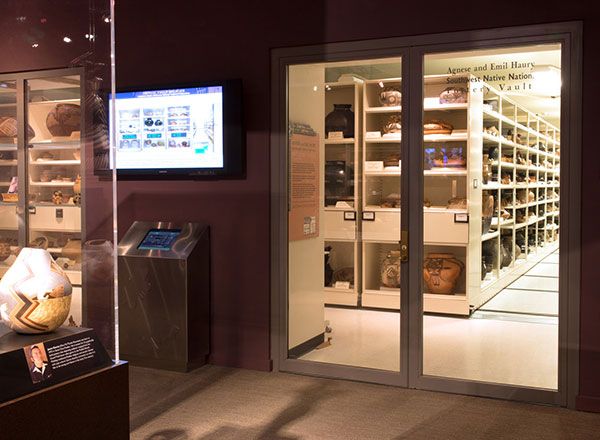
Cultural Museum
Staff at this museum worked with the local Spacesaver consultant to design an innovative way to protect the institution’s pottery collection while also promoting visibility. The collection is stored on Spacesaver compactors that are fitted with special end panels that allow display pieces to be viewed from the gallery.
In addition to making more of the collection visible to the public, this arrangement has allowed staff to better control temperature and humidity in the collections storage area, and it provides additional security and seclusion for culturally sensitive items. The visible storage solution allows even the most casual museum visitors to gain a better appreciation for the collection’s importance.
Art & Science Museum
A generous donor challenged this museum to design and build a new wing dedicated to visible storage. With the objective of displaying as much of their collection as possible, the museum’s staff and architects worked with the local Spacesaver consultant to make smart use of the space. The design concept called for art racks (also called art screens), black shelving, and creative lighting to make the objects in the collection stand out.
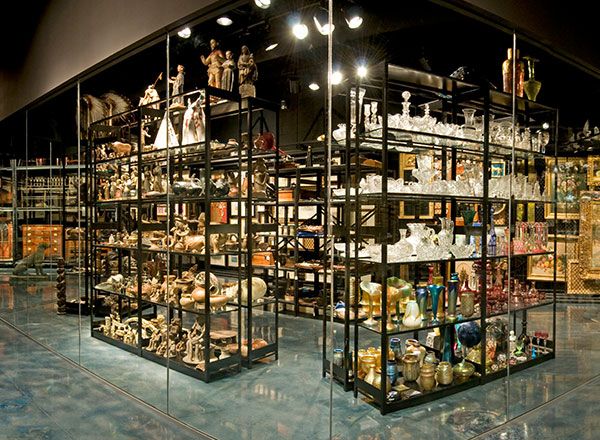
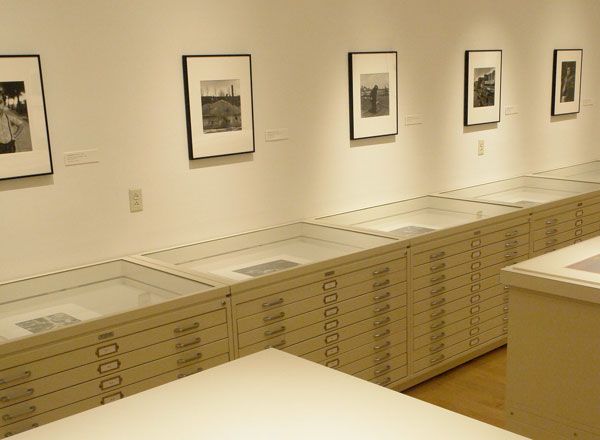
Contemporary Art Museum
The curatorial staff at this contemporary art museum wanted a visible storage solution to supplement exhibitions with sketches, references, and other two-dimensional works that would complement the artwork on display. Flat file cabinets with glass tops provided the perfect solution, as the cabinets lock to secure contents and keep artwork organized, while the UV-coated glass tops protect artwork and allow visitors to view what’s stored inside.
Next Up in Museums
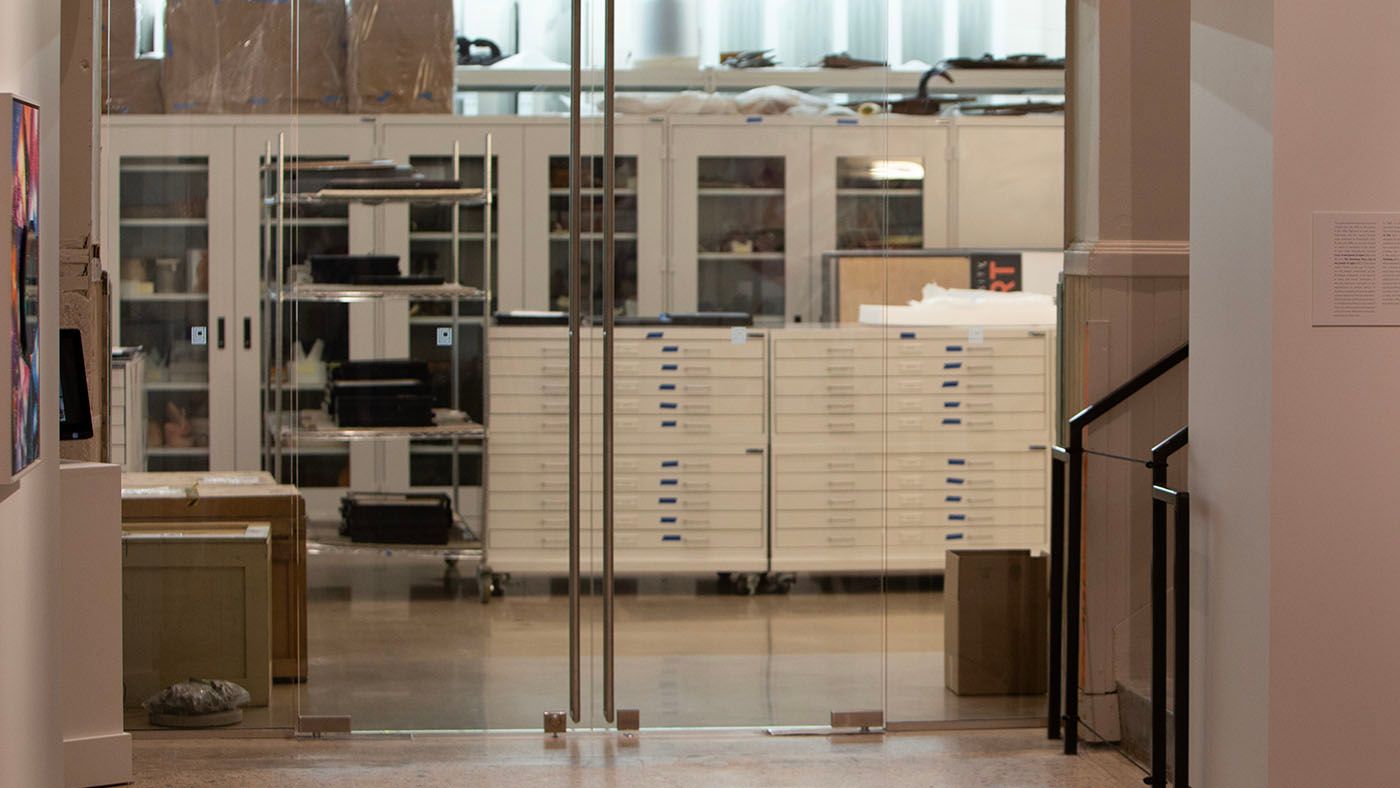
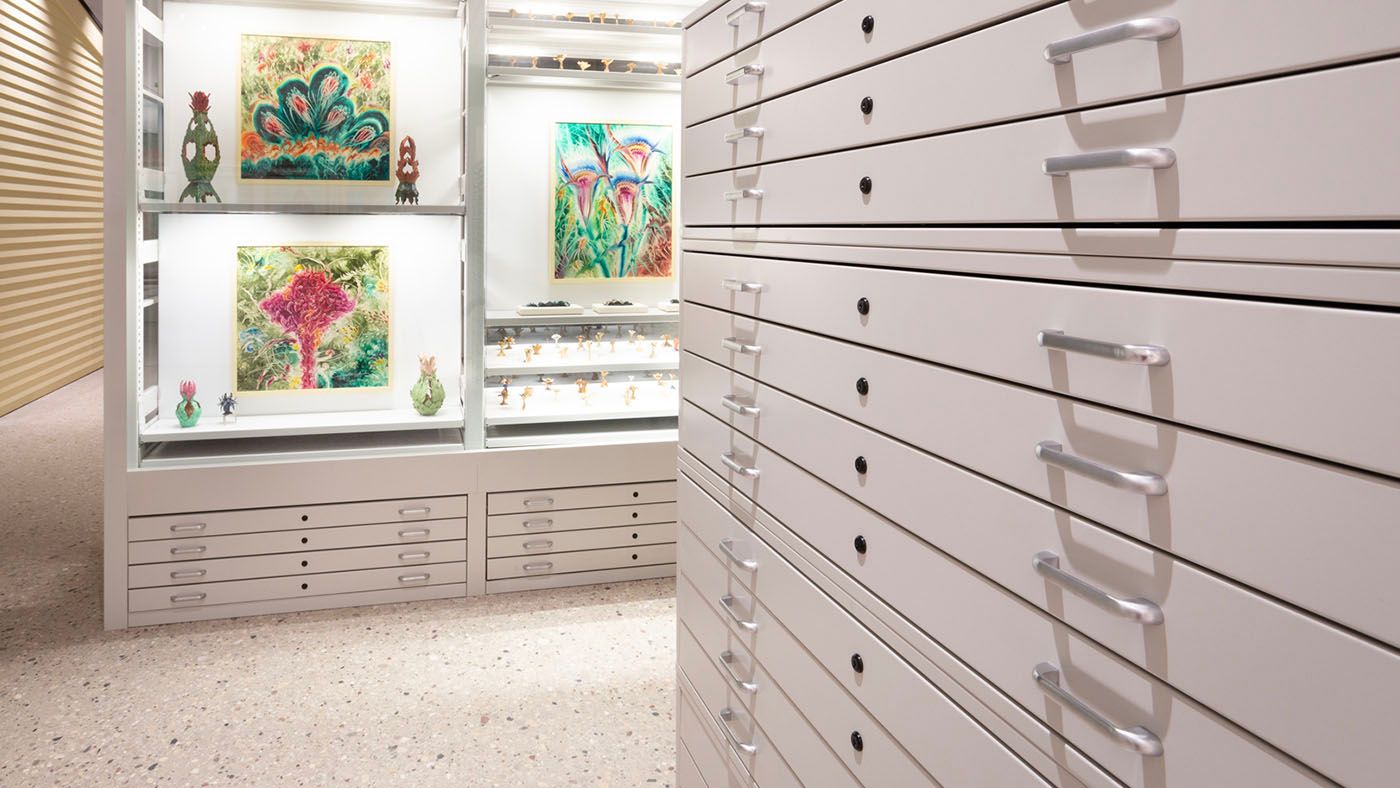
Secure and Preserve Your Art Collections with Premium Museum Storage Cabinets
Read On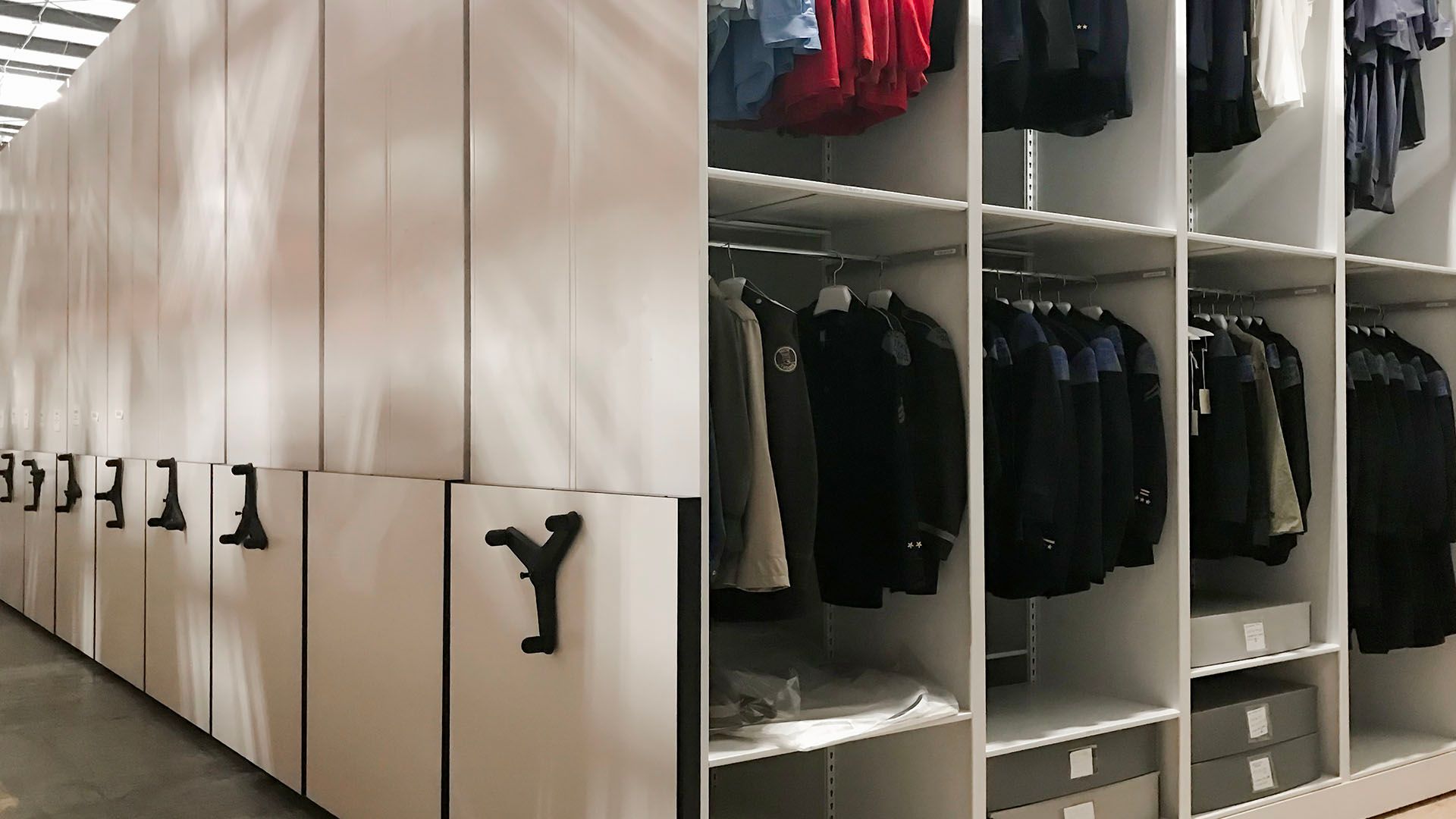
Storage solutions for preserving historical artifacts in limited spaces.
Read On